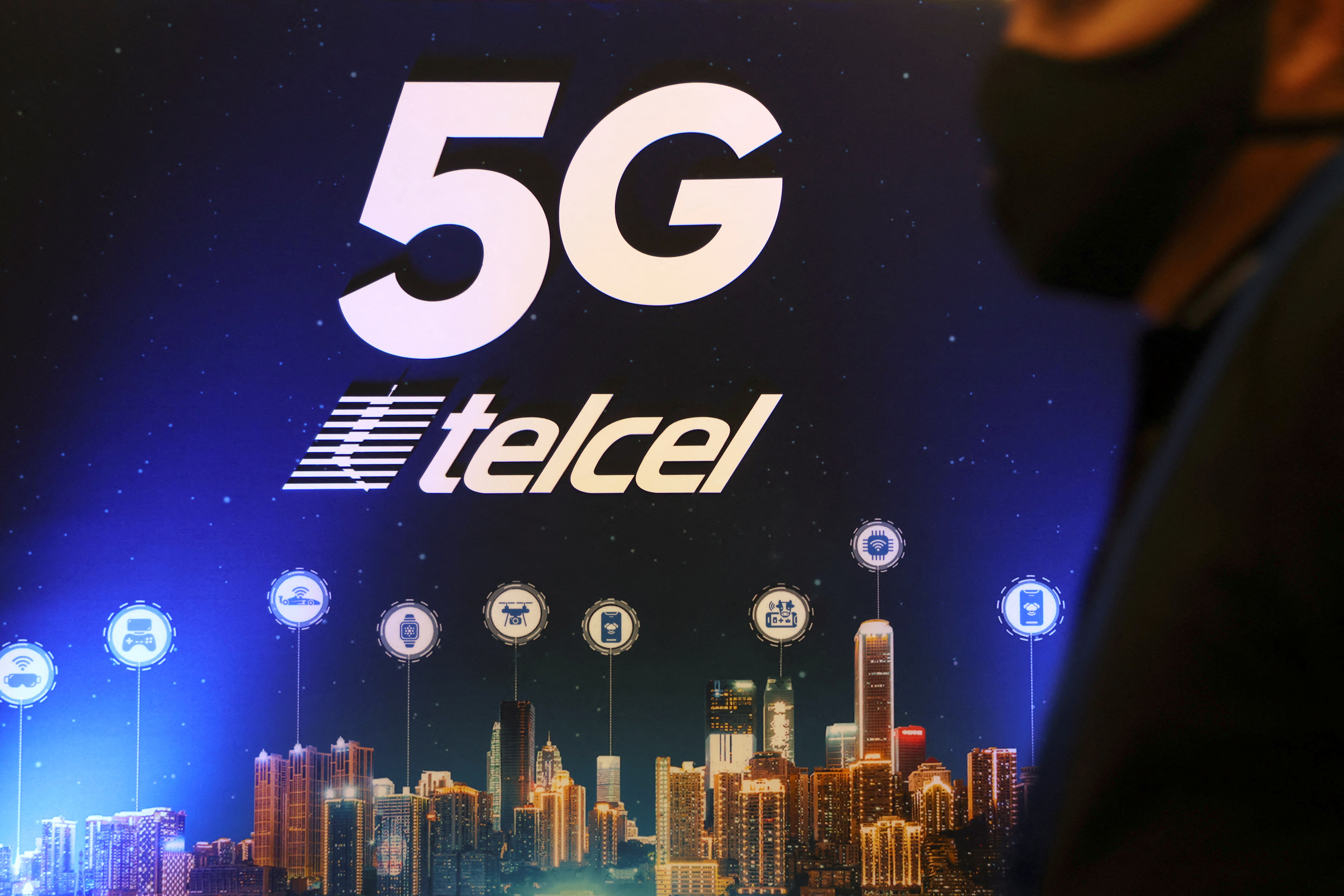
In June of this year, the Movistar telephone company will migrate 100% of its traffic in Mexico to the networks of the US company AT&T, as part of the agreement signed between the two companies in 2019, with which the Spanish company expects to see the first savings from November.
The telecommunications company has around 25 million users in Mexico and assured that it will not become a virtual mobile operator with this measure, as it will maintain direct control of its traffic, as well as continue with its infrastructure and service deployments.
Camilo Aya, CEO of Telefónica Mexico (Movistar) said this week that “sharing infrastructure allows for more efficient investments, agile technological deployments and evolutions, and increases service coverage, quality and innovation.”
In April 2022, it expects to migrate 80% of its users' traffic to the AT&T network, completing the process in June and according to the plan, by the end of the year it will return to the Mexican State those spectrum frequencies that are not profitable, that is, batches in the 2.5 and 1.9 GHz bands.

With the return of bands and savings in network deployment costs, Movistar expects to save around five billion pesos annually, benefits that will begin to be reflected from 2023. For its part, AT&T will also have extra income that will help it offset the cost of its investments in our country.
AT&T and Movistar agreed in November 2019 to migrate traffic and implement network sharing to have a more efficient management of infrastructure and availability of 4G-LTE coverage and other superior technologies throughout Mexico.

In February 2022, Telcel, owned by Mexican billionaire Carlos Slim, launched its 5G network in Mexico's 18 major cities, where it estimates a coverage reach of approximately 48 million users and with the goal of reaching 120 cities connected to the fifth-generation grid by the end of the year .
The CEO of América Móvil, Daniel Hajj, said that this year the tycoon's company will invest around $1 billion, an amount that is in addition to the company's investment in recent years.
However, some specialists in the telecommunications sector point out that in Mexico the conditions for implementing a 5G network with its greatest potential do not yet exist and that so far it has been offered with certain limitations.
This new technology requires a very high investment since it is necessary to significantly multiply the infrastructure deployed today. For a full experience, an extensive fiber-optic network is required to support high data flow and avoid latency. In addition, experts believe that it is necessary to increase the number of towers fivefold, which for now stands at 40 thousand, if the user is to offer a higher speed than the existing technology.
For now, it is estimated that this fifth generation can be offered in cities such as the Mexican capital, Monterrey, Guadalajara, Tijuana, Culiacán, Hermosillo Mazatlan, Chihuahua, Durango, Ciudad Juarez, Torreón, Saltillo, León, Queretaro, San Luis Potosí, Puebla, Mérida and Toluca.
It was on February 10 when the Federal Telecommunications Institute endorsed the request of the telephone company belonging to Carlos Slim, to offer services fifth generation mobile phones in the country, leaving revenues of an additional 900 million pesos per year.
For its part, AT&T announced that it would offer the 5G experience to its users in some areas of the country's main cities.
KEEP READING:
Últimas Noticias
Debanhi Escobar: they secured the motel where she was found lifeless in a cistern
Members of the Specialized Prosecutor's Office in Nuevo León secured the Nueva Castilla Motel as part of the investigations into the case

The oldest person in the world died at the age of 119
Kane Tanaka lived in Japan. She was born six months earlier than George Orwell, the same year that the Wright brothers first flew, and Marie Curie became the first woman to win a Nobel Prize

Macabre find in CDMX: they left a body bagged and tied in a taxi
The body was left in the back seats of the car. It was covered with black bags and tied with industrial tape
The eagles of America will face Manchester City in a duel of legends. Here are the details
The top Mexican football champion will play a match with Pep Guardiola's squad in the Lone Star Cup

Why is it good to bring dogs out to know the world when they are puppies
A so-called protection against the spread of diseases threatens the integral development of dogs




